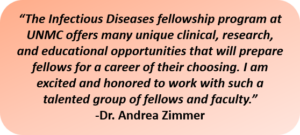
Fellowship application season is open and as the leaders of our ID fellowship, we wanted to highlight some of the exciting aspects of our program. Our program and our division are growing. We began in 2011 with 2 fellows, grew to 4 in 2017, 5 in 2020, and are planning to expand to six fellows by 2021. Our faculty also continues to grow, as we now have 23 physician faculty and 4 full time ID pharmacists with diverse expertise. Dr. Trevor Van Schooneveld has been the Program Director and Director of the Antimicrobial Stewardship program. Dr. Zimmer is Associate Program Director and also the director of the Oncology ID program. This year we are looking forward to meeting you on our remote interviews via zoom!

Fellows at UNMC enjoy a robust clinical experience that includes not only the typically complex patients seen at a tertiary referral center, but also includes extensive experience caring for immunosuppressed patients. In addition to our General ID service, where our fellows gain experience in teaching medical students and Internal Medicine residents, we have two separate immunocompromised services that care for oncology and solid organ transplant patients. We also have an orthopedic infectious diseases rotation where fellows gain experience managing these complex patients and work with faculty who have extensive experience in this area. We have expanded our ambulatory offerings with the creation of a non-tuberculous mycobacteria (NTM) clinic and a travel clinic. Fellows have the opportunity to spend time in the microbiology laboratory, as well as learn infection control and antimicrobial stewardship. The faculty at UNMC are nationally recognized experts in their field, and are also very approachable and devoted to the education and success of trainees. They have created extensive educational opportunities, covering topics from opportunistic infections in solid organ and hematopoietic stem recipients to emerging global pathogens and biopreparedness. Fellows gain knowledge in HIV/AIDS management working in our multidisciplinary HIV clinic which cares for over 1200 people with HIV. In addition to having access to world class ID expert antimicrobial stewardship, OPAT, and HIV pharmacists, our division also includes an ID pharmacy residency program and opportunities for research collaboration and rounding with pharmacy students, residents and faculty.
As new career opportunities develop for ID physicians, we have worked to provide our fellows with the skills to engage in these fields. UNMC ID fellows receive extensive experience in the area of infection control and antimicrobial stewardship. UNMC also offers the opportunity to stay for an option third year to further develop a research portfolio or pursue additional clinical expertise in subspecialty areas.

An important part of fellowship is developing skills in interpreting and performing research, and we provide our fellows with six months of mentored research experience centered on their career goals. A research committee assists fellows in mentor identification and project development. Fellows also participate in a week-long UNMC sponsored research training program, and typically present their work at national conferences like IDWeek and SHEA.
Our goal as program directors is to provide fellows with an educational experience that provides them with skills and knowledge to make them successful in whatever career path they choose. The opportunities available to ID physicians continue to expand and we hope you will consider UNMC ID. If you are interested in more information, please feel free to visit our website where you can check out a video to learn more about us. You can also contact us at the following:
Dr. Trevor Van Schooneveld
Program Director, Infectious Diseases Fellowship
Medical Director, Antimicrobial Stewardship Program
University of Nebraska Medical Center
985400 Nebraska Medical Center
Omaha, NE 68198-9400
Email: tvanscho@unmc.edu
Dr. Andrea J. Zimmer
Associate Program Director, Infectious Diseases Fellowship
Director, Oncology Infectious Diseases
University of Nebraska Medical Center
985400 Nebraska Medical Center
Omaha, NE 68198-9400
Email: andreaj.zimmer@unmc.edu
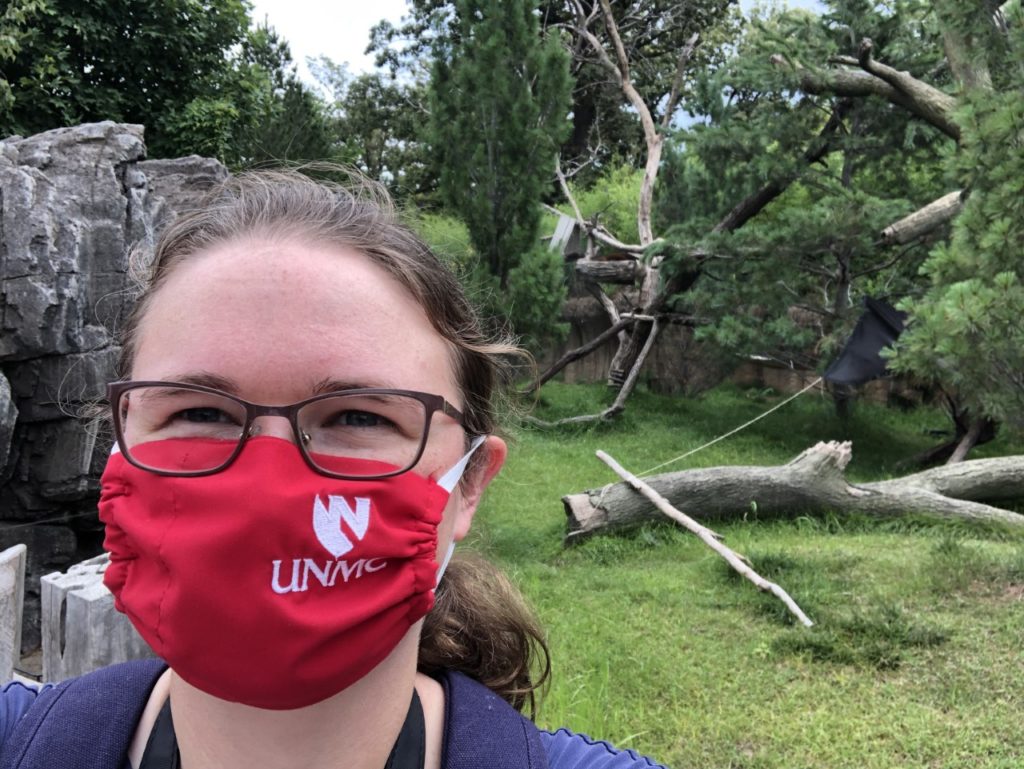
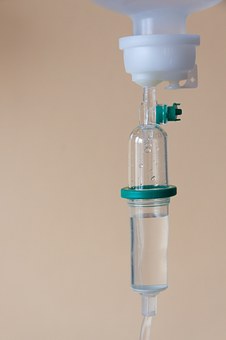
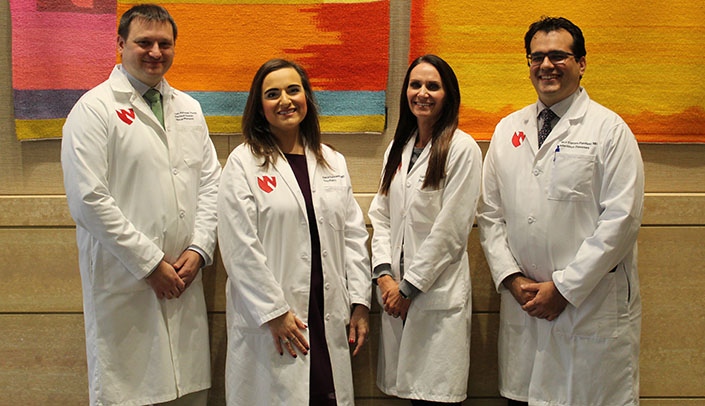
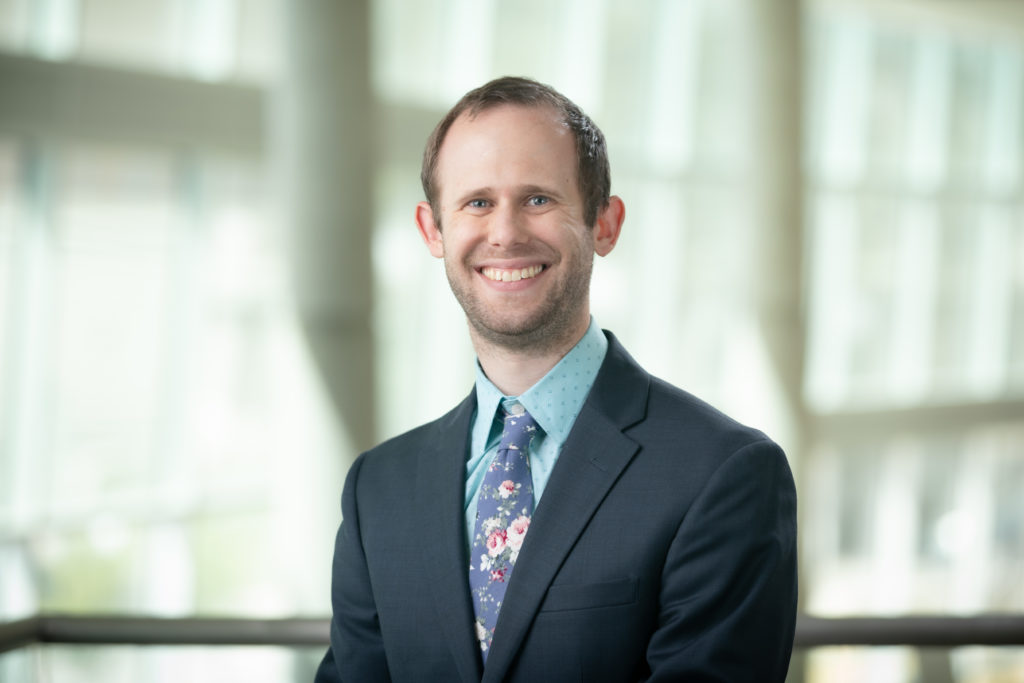

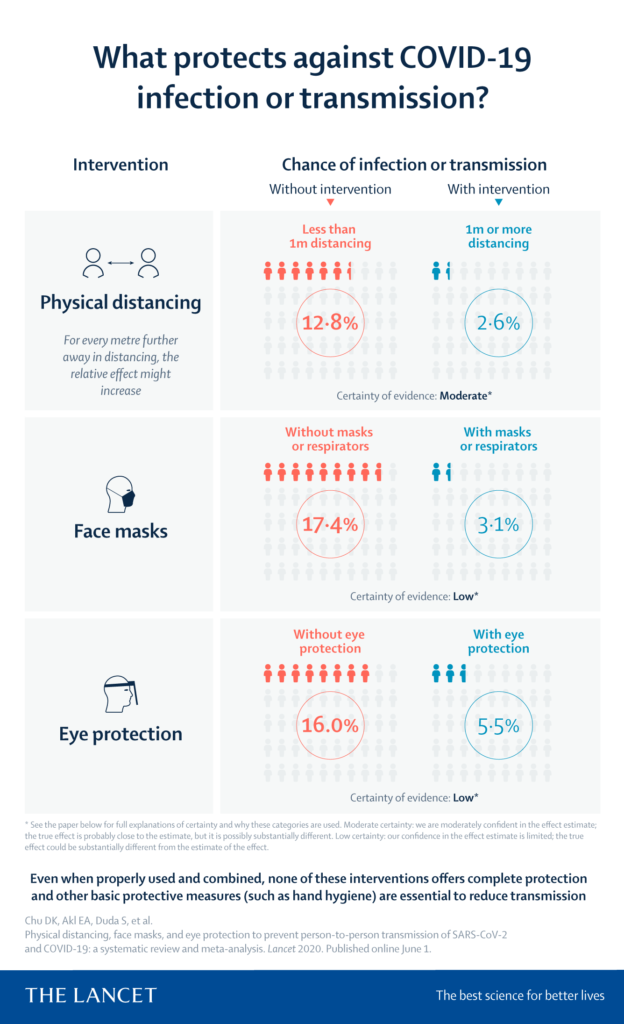
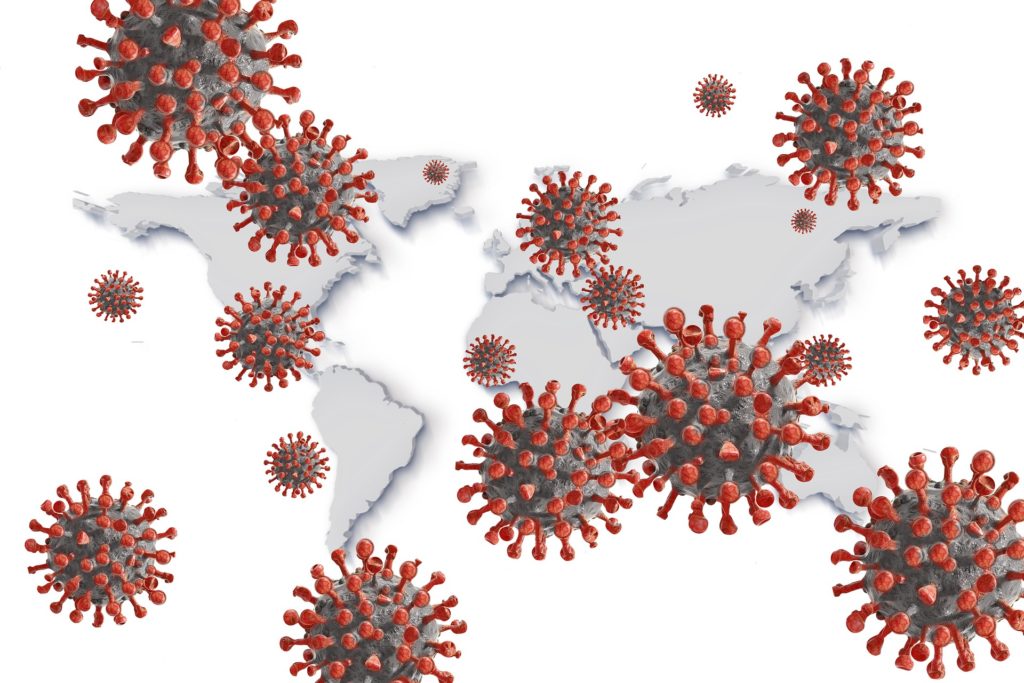
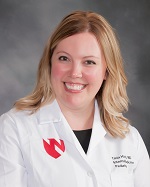


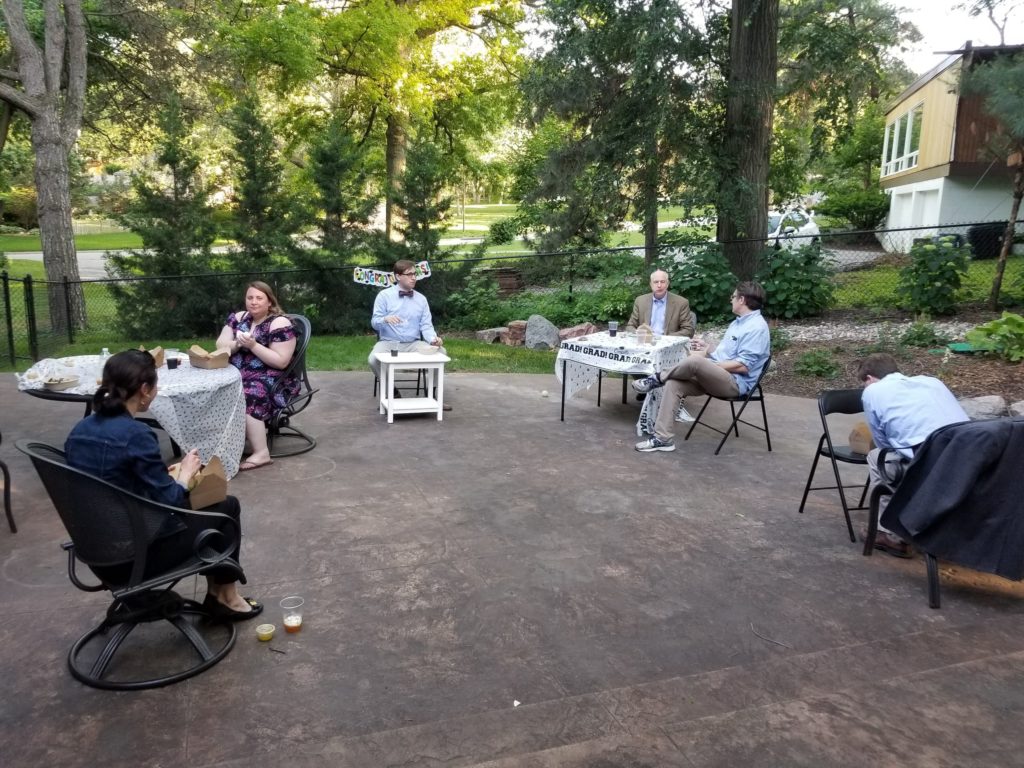

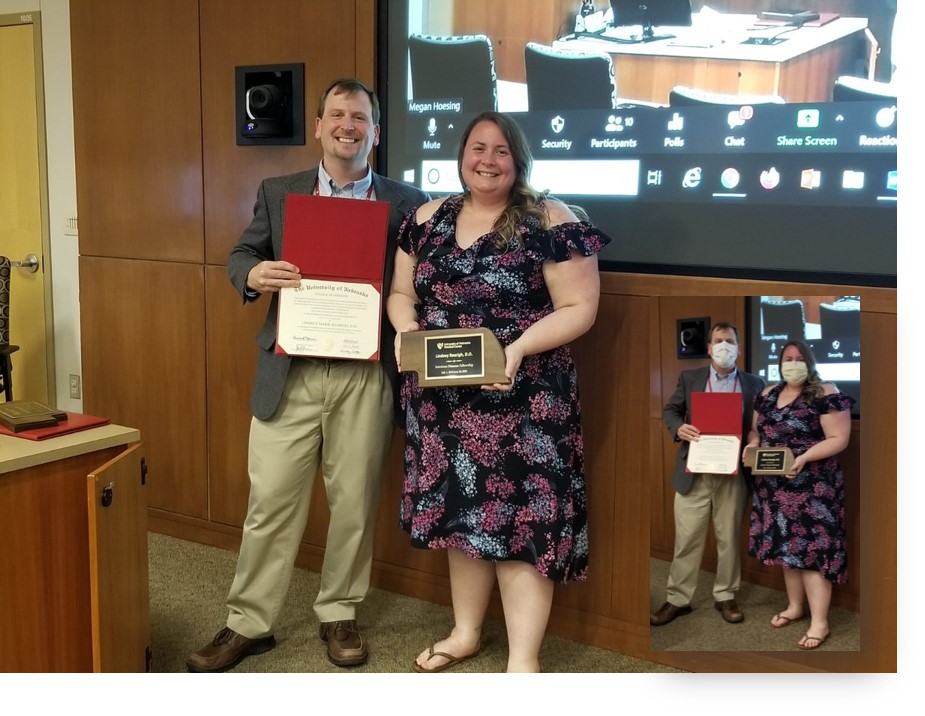
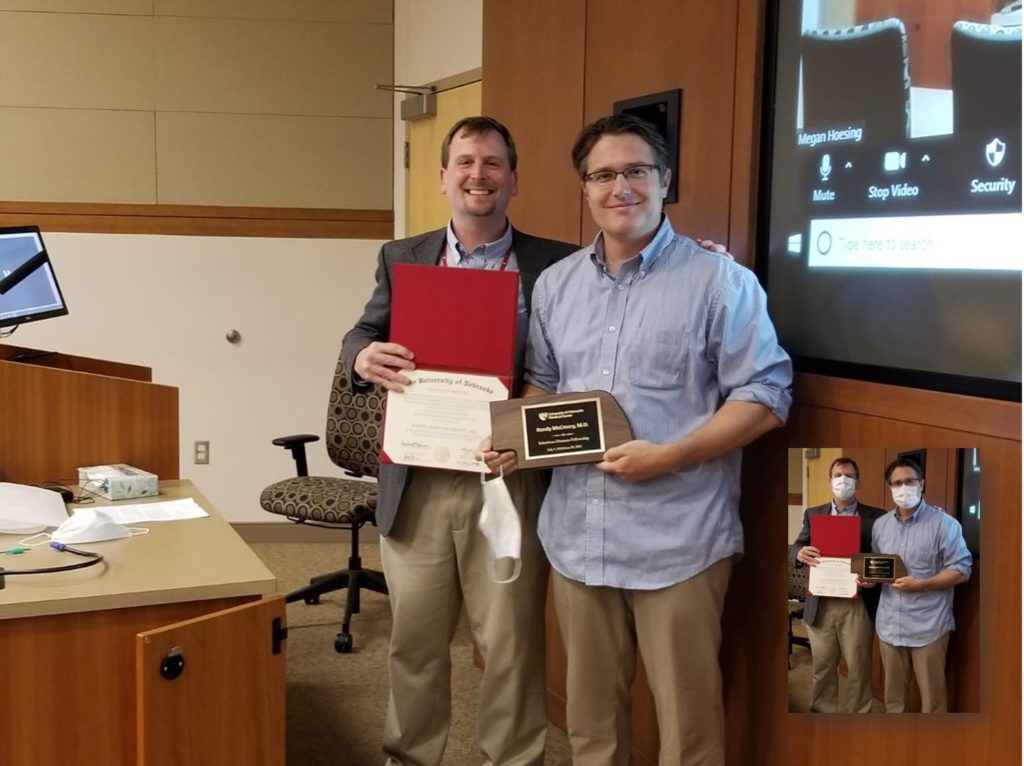
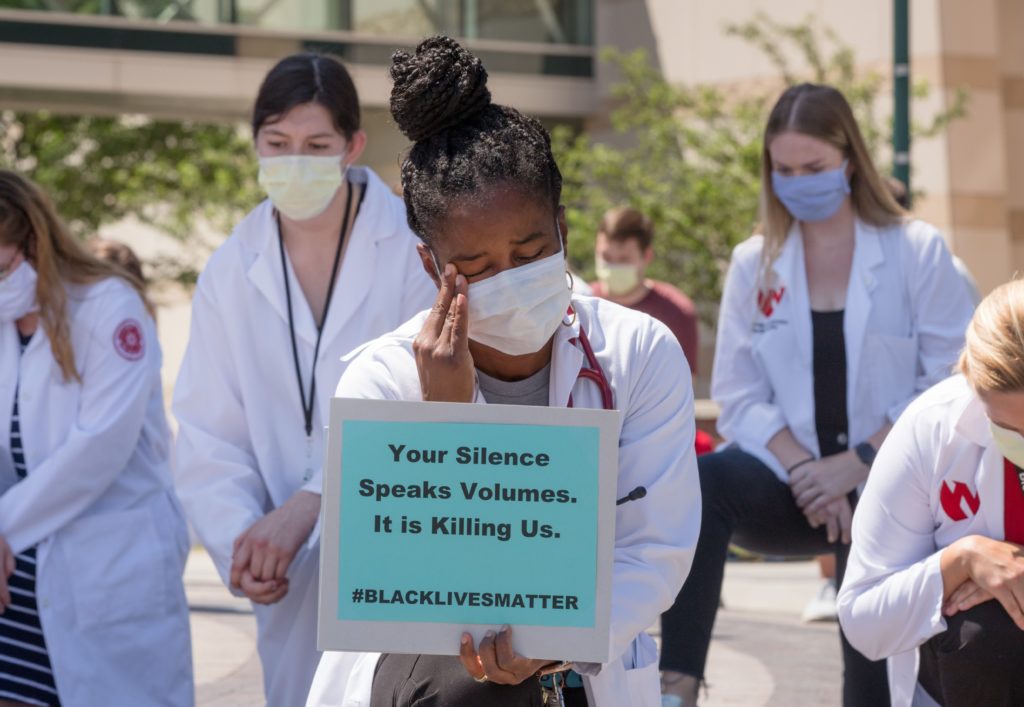
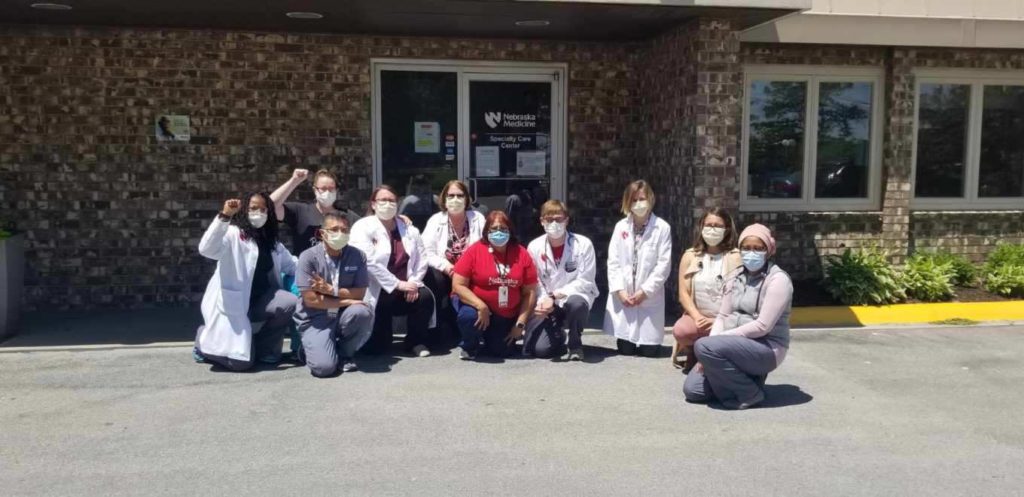

Recent Comments